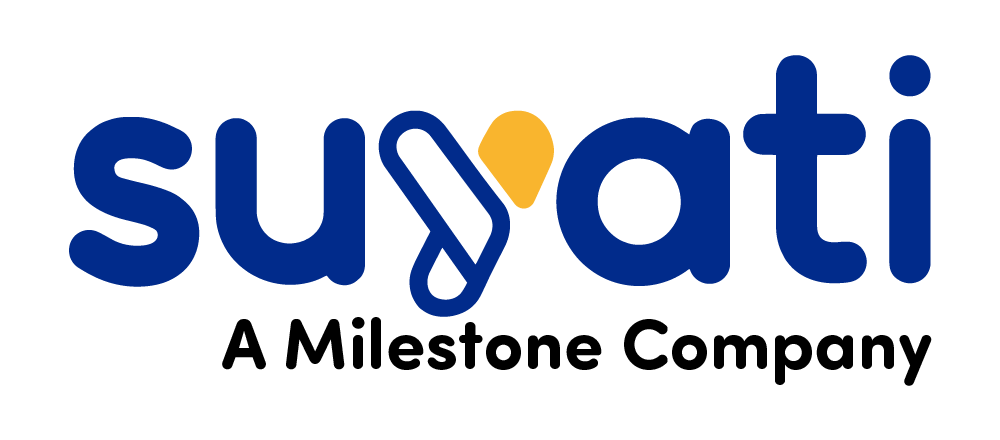
Are you thinking of moving your company’s IT to the cloud? If so, you may be at the starting point of innovation, cost savings and increased profits. However, there are a few tips that could help you leverage cost savings. Read on.
Moving to the cloud means that your IT department will no longer be mere data centers focusing solely on hardware and software maintenance and upgrades throughout the year. When IT budgets are spent on these things rather than improving business, it is the company’s progress that is compromised. The cloud brings along a lot of benefits which includes freeing the IT department of running data centers. Once the business moves to the cloud, IT can shift its focus to experimentation and innovation to support and improve business.
The Cloud Models
Small companies look for cloud computing because it offers a better opportunity than relying on modest in-house IT resources they have. When it comes to larger companies, the approach to cloud services is mainly as a cost-saving strategy and offloading workloads that are less related to core business objectives. The midsize companies usually have a hard time deciding whether to move to the cloud or not because they lack strong justification due to the need for technical modifications and financial demands initially involved.
Cloud computing can be categorized into three general models- public cloud, private cloud and hybrid cloud. Public cloud implies an independent, third-party cloud service which could involve rent/lease of cloud computing resources to organizations by external clients. Private cloud stands for installation of an on-premises cloud infrastructure which usually involves building upon the existing virtual data center. A hybrid cloud is a combination of both public and private cloud, allowing companies to utilize services from both the environments at the same time while shifting workloads between the cloud facilities on demand. The use of each cloud model is almost evenly split but we will focus mainly on public cloud.
Public Cloud and Cost Saving
Cost savings was listed as the primary motivator of using public cloud by 73% of respondents in a survey. Infrastructure as a Service (IaaS) has a great advantage- usage based pricing. It means that once you have moved to the cloud you only pay for what you use. Just imagine all the costs incurred to buy permanent hardware which sits idle most of the time. Public cloud infrastructure means that only when you turn on the cloud instances or virtual machines will you be paying for it. But most of the time companies overlook the option of turning the virtual machines off. This means companies usually pay more than they actually need. This wastage amounts only a minimal cost per hour but the larger the organization, the larger the cost. Also, these costs add up very fast and eventually become large amounts.
For many production loads, the machines are usually on all the time but that doesn’t mean there is no way to cut down the cost. This requires access to subscription pricing which varies across cloud providers. For Amazon EC2, you can pay less for ‘reserved’ instances. Therefore, consider looking at these pricing options if you are running continuous production loads.
Using the right type of virtual machine can also help in cost saving. There is a tendency for companies to go after virtual machines with advanced RAM and CPU. Unfortunately, in most cases, the companies do not actually need the memory or processing power they are subscribing to. The solution is simple- switch to smaller machines that meets your regular CPU and RAM requirements and also allows scaling when temporary spikes in demand occurs. In the long term, this simple technique will save you a lot of money.
Another cost saving consideration is related to the software you are using for your IaaS. Usually IaaS implies that you will get a virtual machine with an operating system but that does not include your software. Installing the software is up to your company although you will only be allowed to install software that are compatible or consistent with your cloud environment. While installing the software, always pay attention to the licensing aspect. Investigate whether using your own license of software or a cloud instance with software license available with its subscription is more cost efficient and make your choice accordingly.
If you are looking at the benefits that are associated with Software as a Service (SaaS), they usually seem significant at first. It is true that everything is contained in the subscription price with no concerns regarding licensing or upgrades. You initially subscribe to a capacity and then simply start using the software. But a close look at SaaS will reveal a few issues. Mainly the vendors’ rules and policies regarding the usage of software can raise concerns. Some SaaS vendors will only allow you to purchase the same subscription level for all users irrespective of how much application you use. You will typically have to provide power users the ability to perform their tasks which will result in subscriptions being underutilized by other casual users. Also, even if it was possible to have different levels of access, it is hard to ensure that right subscription level is matched with the right user. The problem is that although users with less access will complain, the ones with more access won’t let you know.
Cloud services are usually associated with cost saving, and if you have to reap the most out of these services make sure you pay attention to software license and employ subscription optimization processes and technology. These aspects allow you to maximize ROI on cloud services whether it is IaaS, SaaS, or any other type.
